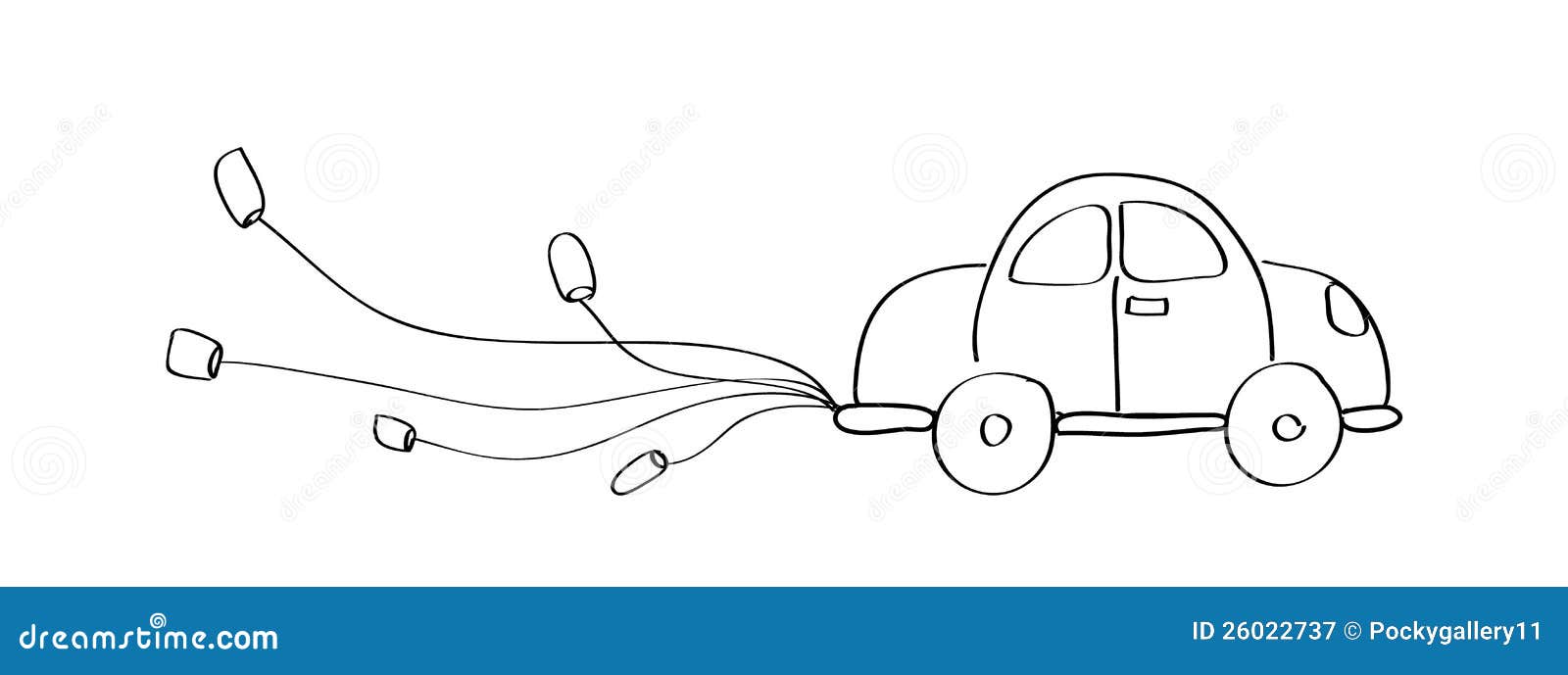
For instance, when given a prompt to draw a mosquito, you just need to draw what looks like a thorax or abdomen and Sketch-RNN will take it from there while showing you how else it predicts the image could be completed: Photo: Google One, called “Multiple Predict,” lets Sketch-RNN generate numerous different versions of the same subject. There are a number of other Sketch-RNN demos you can check out to get a deeper understanding for how the program functions.
HAND DRAWING DOODLE CAR SOFTWARE
Here, for instance, is the software trying its (virtual and disembodied) hand at doodling a roller coaster: Photo by Nick Statt / The Verge

Yet Sketch-RNN can be pretty hit or miss when it comes to more complicated drawings - the research team behind the software is first to admit this.

The image list is pretty diverse, with everything from a fire hydrant to power outlet to the Mona Lisa. From there, Sketch-RNN attempts to make sense of the object’s orientation and decides where to try and doodle in the fruit’s thorny protruding leaves: Photo by Nick Statt / The Verge For instance, select “pineapple” from the drop-down list of preselected subjects and start with just an oval. In the case of this new web app, users can now work alongside Sketch-RNN to see how well it takes a starting shape and transforms it into the desired object or thing you’re trying to draw. From there, Google could reasonably deploy even better versions of its existing image recognition tools, or perhaps train future AI algorithms to help robots tag and identify their surroundings. The end goal, it appears, is to teach Google software to contextualize real-world objects and then re-create them using its understanding of how the human brain draws connections between lines, shapes, and other image components.

Another spinoff from Quick, Draw! is a web app called AutoDraw, which identifies poorly hand-drawn doodles and suggested clean clip art replacements.Īll of these programs improve over time as more people use them and keep feeding the AI learning mechanism the instructive data it needs. At the time, the team behind Sketch-RNN revealed that the underlying neural net is being continuously trained using human-made doodles sourced from a different AI experiment first released back in November called Quick, Draw! That program asked human users to draw various simple objects from a text prompt, while the software attempted to guess what it was every step of the way. The software is called Sketch-RNN, and Google researchers first announced it back in April. Google’s AI is constantly improving, thanks to human-drawn doodles


 0 kommentar(er)
0 kommentar(er)
